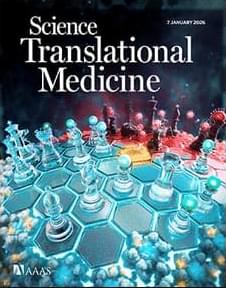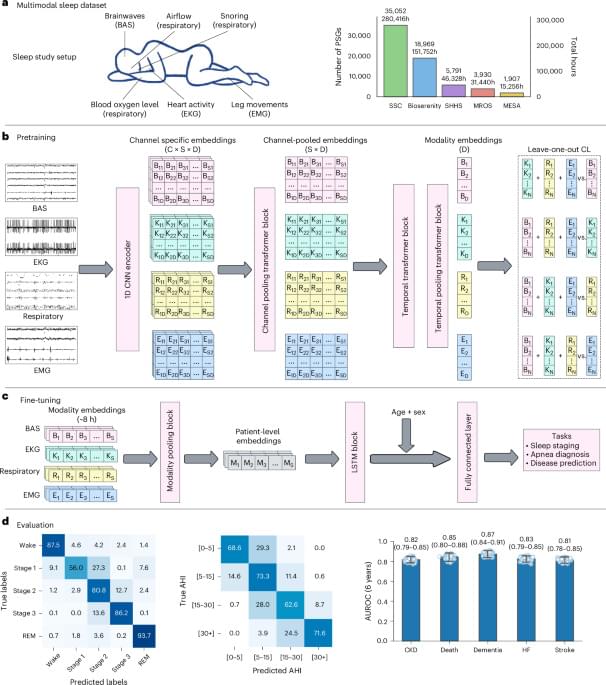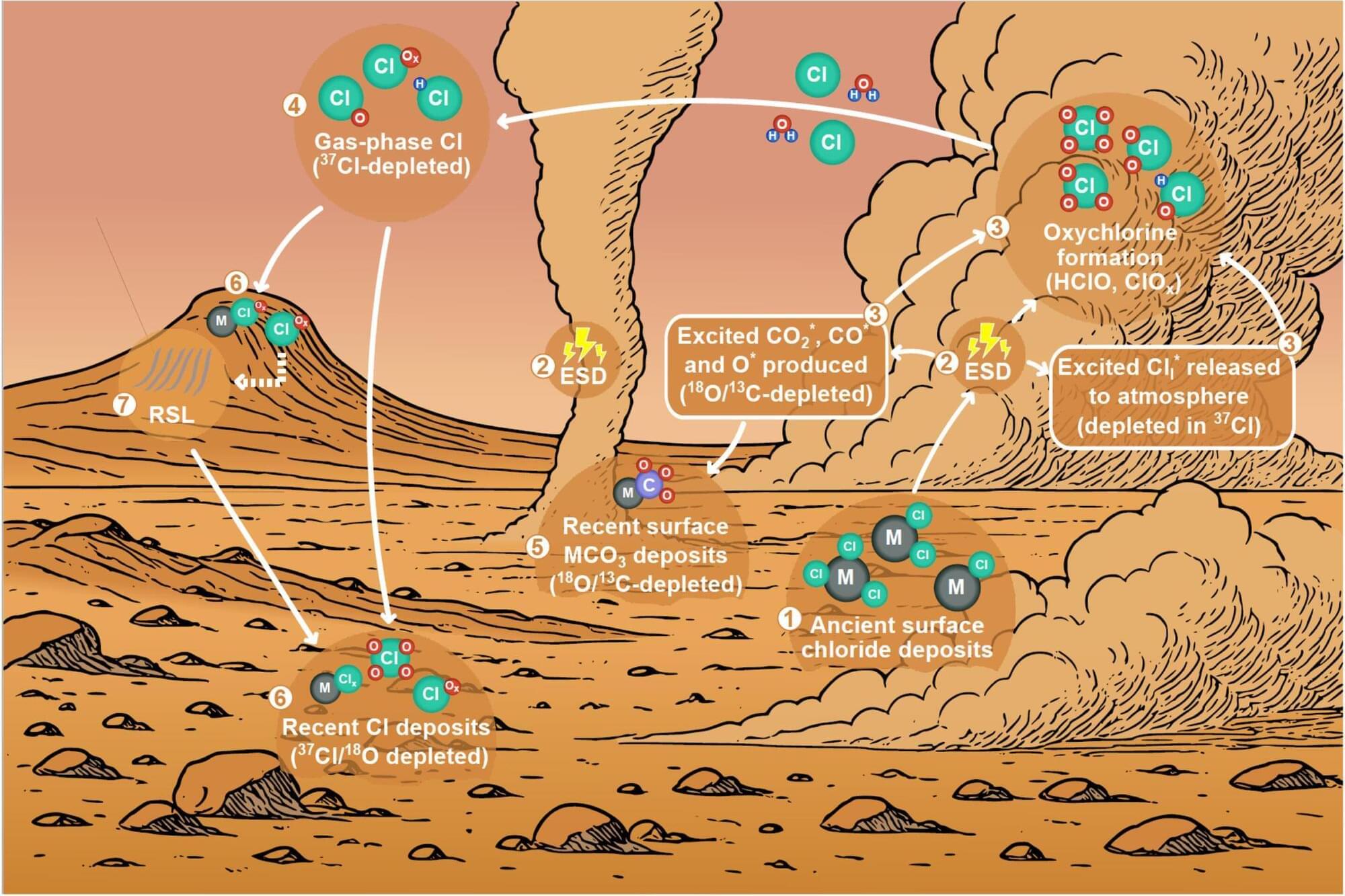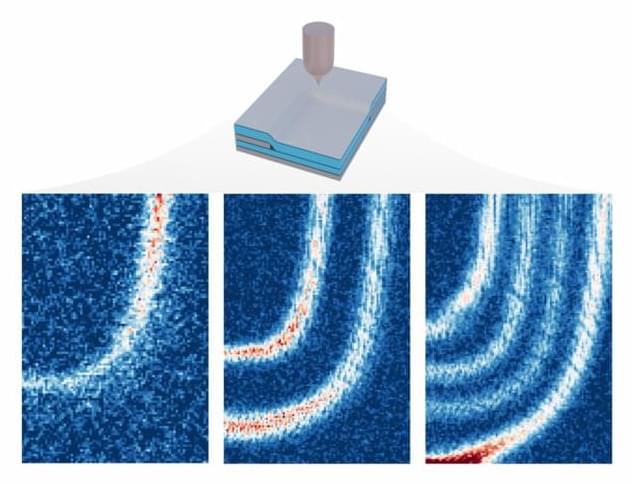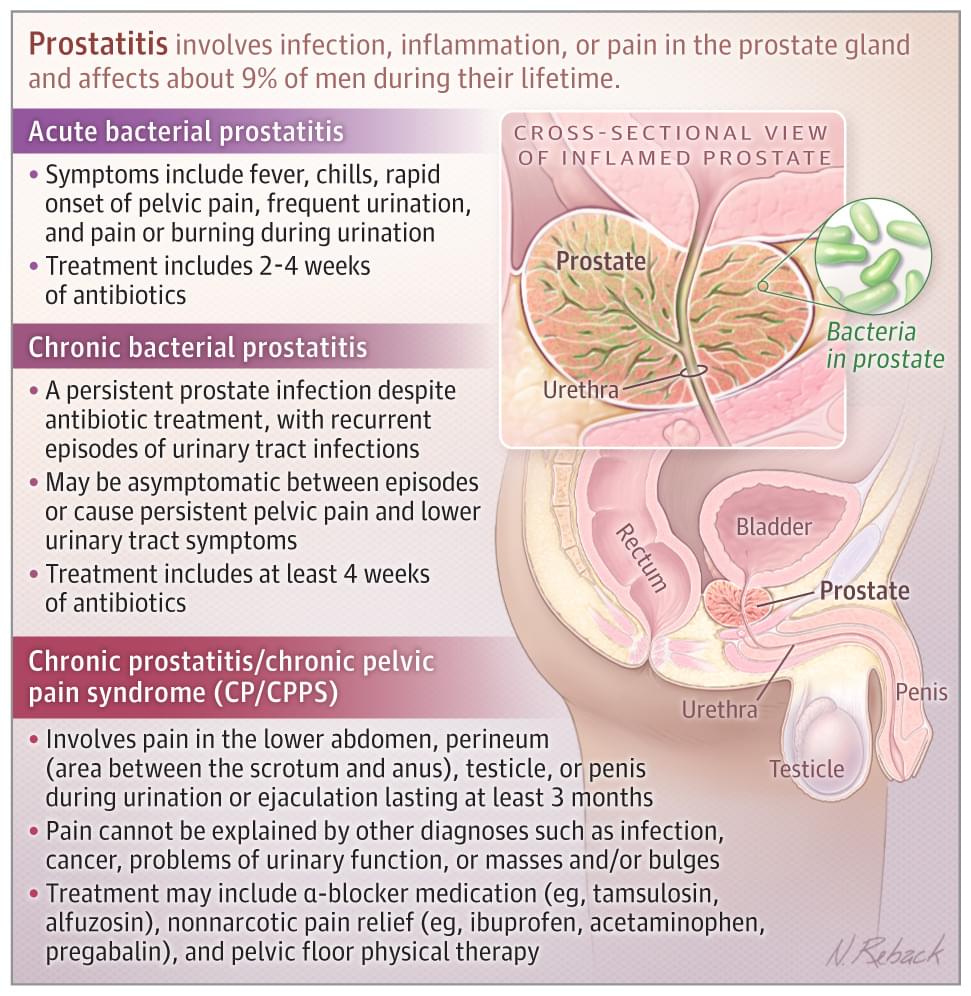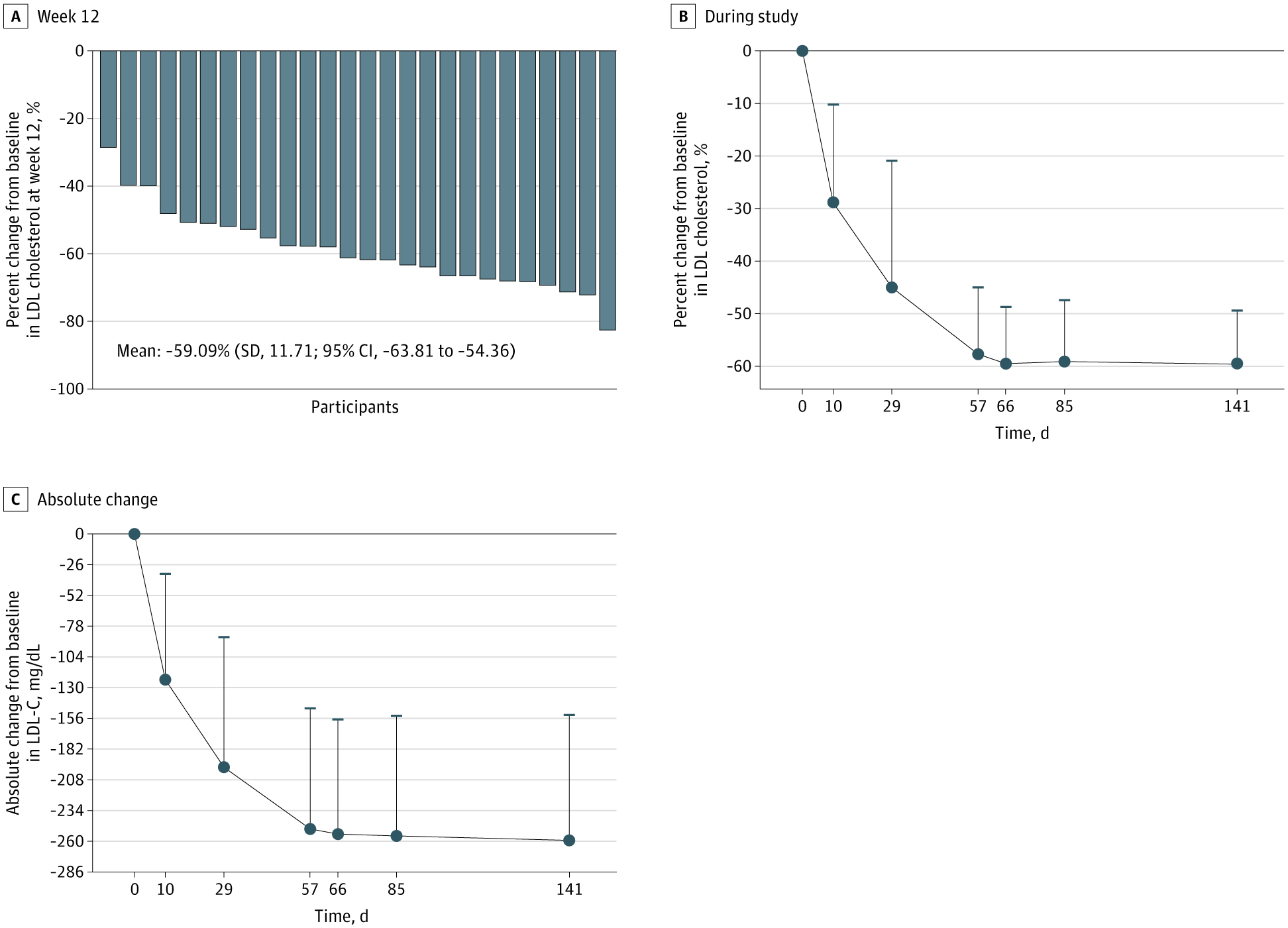The researchers used advanced laboratory and experimental models to uncover how B-cells contribute to immunotherapy resistance in liver cancer. Using liver cancer mouse models, they tested treatments that either blocked B-cells or targeted immune pathways.
They found that when tumors stopped responding to immunotherapy, B-cells moved into the tumor and formed clusters that looked like special immune structures called tertiary lymphoid tissues.
“Combining B-cell depletion with immunotherapy (anti-PD-1 ICB or the STING agonist BMS-986301) significantly improved survival and reduced metastasis,” said the author. “These exciting findings suggest that targeting B-cells or their signaling pathways could overcome acquired resistance and enhance the effectiveness of cancer immunotherapy, including in cases where the disease has spread.”
Scientists have identified a promising strategy to improve liver cancer immunotherapy: targeting B-cells. While immunotherapy has transformed cancer treatment by activating T-cells—a type of immune cell that fights cancerous cells—many patients still fail to respond. New research shows that B-cells—another type of immune cells that fight infections—may play a surprising role in limiting immunotherapy’s effectiveness.
The study was recently published in Nature Communications. The study’s principal investigator said that most current research efforts are focusing on activating T-cells against cancers. This study showed tumor-associated B-cells can create an environment that suppresses T-cell activity, allowing cancer cells to escape immune attacks.
“We observed a significant rise in B-cell activity in the tumor, suggesting they may play an important role in how cancer escapes treatment,” said the author. “By blocking these immunosuppressive B-cells, we may be able to remove this barrier and enhance the power of immunotherapy.”
